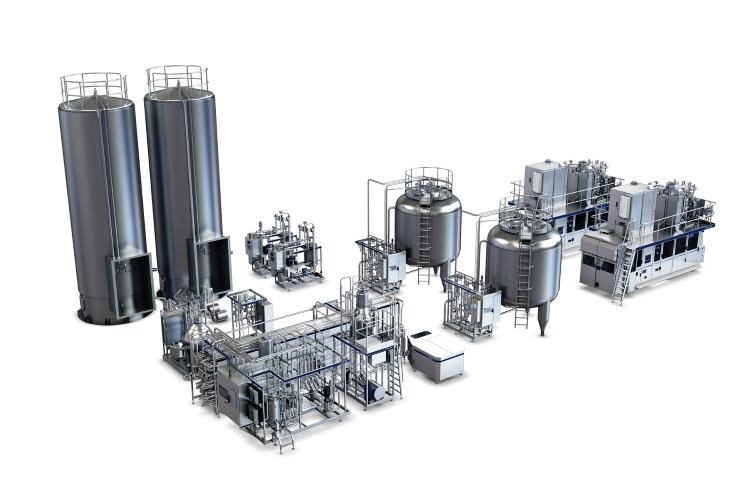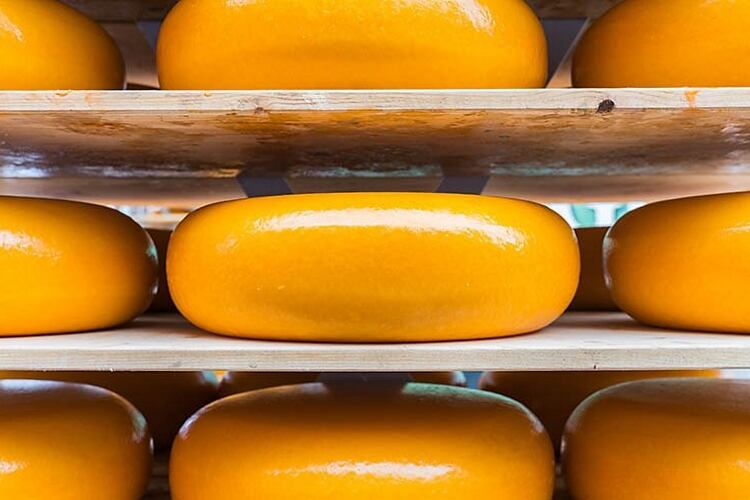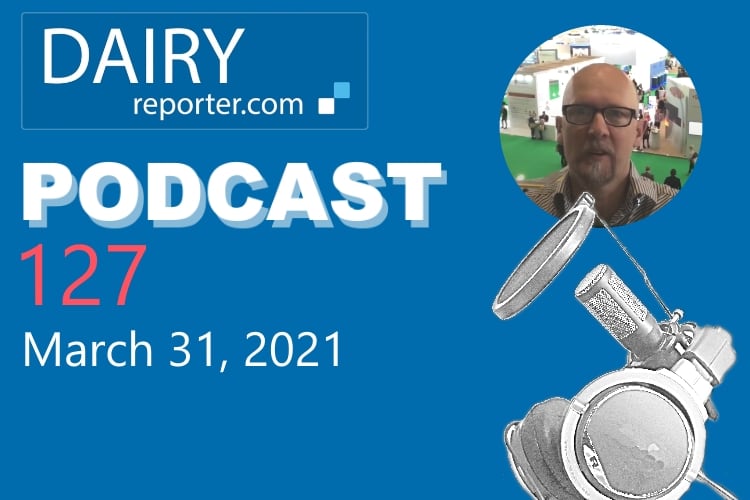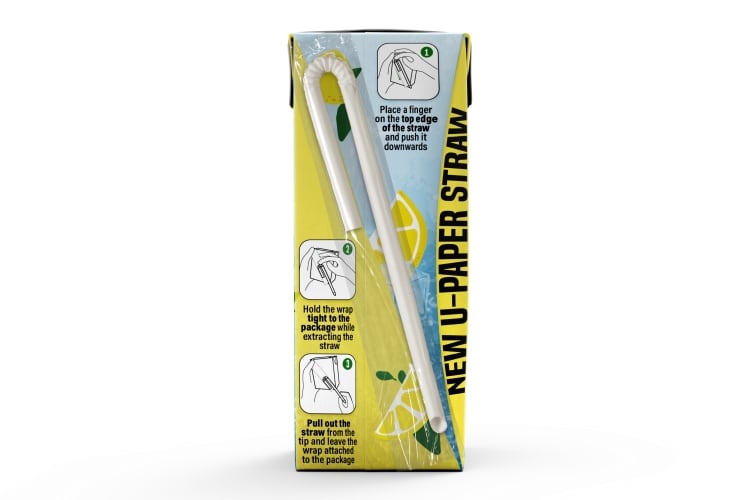Tetra Pak’s said its new UHT 2.0 portfolio with OneStep technology and Tetra Pak E3/Speed Hyper reduce water and steam consumption, creating less wastewater and therefore also lowering the cost of its removal for dairy manufacturers.
Adding a Tetra Pak Water Filtering Station to Tetra Pak E3/Speed Hyper helps recover 5,500 liters of water per filling machine running hour (up to 95%), while contributing to lower water consumption. With water scarcity on the rise, wastewater is increasingly becoming a pressing industry concern. Up to a fifth of Tetra Pak’s customers are based in high or extremely high-risk water areas and the company said it is prioritizing action to address this.
The combination of UHT 2.0 with OneStep technology and Tetra Pak E3/Speed Hyper has a 0.8 GHG Index score, a 0.3 Water Index score and a Product Losses Index score of 0.7.
A GHG Index is the ratio of the CO2 equivalent of the energy consumed by the combination of UHT 2.0 with OneStep technology and Tetra Pak E3/Speed Hyper versus the CO2 equivalent of the energy consumed by a conventional indirect heating line.
The UHT 2.0 heating line consists of processing equipment including raw milk storage tank, Tetra Pak Indirect UHT unit D, Homogeniser, Deaerator, Separator Hot Milk, Cream Cooler, Aseptic Tank VD and packaging equipment such as Tetra Pak E3/Speed Hyper with capacity of 40.000 packs/h connected with Tetra Pak Water Filtering Station and downstream equipment for producing Tetra Brik Aseptic 200 Slim Leaf cartons.
The conventional indirect heating line includes an additional Tetra Pak Pasteurizer D to UHT 2.0 heating processing lines and Tetra Pak A3/Speed with capacity of 24,000 packs/h without Tetra Pak Water Filtering Station. The energy consumption figure encompasses electricity, heating and cooling energy needed to produce a unit of UHT milk, in the defined processing and packaging lines. (World average of GHG emission factor is applied. This calculation is done by using Tetra Pak Processing Solution and Equipment Global TCO (Total Cost of Ownership) tool, Version 1.3. In a similar way, Water and Product Losses Indexes are calculated).
When compared to a conventional line solution (based on a conventional indirect heating UHT milk processing line with a packaging line that doesn’t use eBeam technology), Tetra Pak said this integrated solution reduces GHG emissions by 20%, water usage by 70% and product losses by 30%.
Alejandro Cabal, vice president packaging solutions, Tetra Pak, said, "As part of Tetra Pak’s wider ambition to reach net zero emissions across the value chain by 2050, we want to be part of the solution to limit climate change for the global dairy sector. To achieve this, accelerating the development of our low carbon circular packaging and equipment portfolio and working to help customers realize their emission reduction targets is a priority. A significant share of emissions comes from the operation of equipment at customers' sites. Addressing this through innovation and collaboration is vital.”
Frederik Wellendorph, vice president liquid food, Tetra Pak, said, “We continuously innovate in both food processing and packaging to offer solutions which enable reduction in water consumption, carbon footprint and product losses. In addition to this, we offer environmental benchmarking and improvement services, helping customers achieve their own sustainability targets. Through this holistic approach to sustainability, we aim to help our customers benefit both from low-carbon equipment and packaging, a reduction in operational costs as well as an enhanced brand image – that is increasingly proving attractive to sustainability-savvy consumers.”
Tetra Pak E3/Speed Hyper is the world’s fastest aseptic carton filling machine, producing up to 40,000 portion packs per hour, using eBeam sterilization technology to complete the task more efficiently and more rapidly than has previously been possible. eBeam is a technology developed by Tetra Pak and COMET. The eBeam technology sterilizes packaging material using electron beams and replaces traditional hydrogen peroxide sterilization.
The announcement follows Tetra Pak’s 2020 pledge to not only reach net zero emissions in its own operations by 2030, but to also realize a net zero emissions ambition across the value chain by 2050. Tetra Pak has planned a step-change in investment levels in sustainable innovation, committing at least €100m ($122m) annually over the next five to 10 years.




